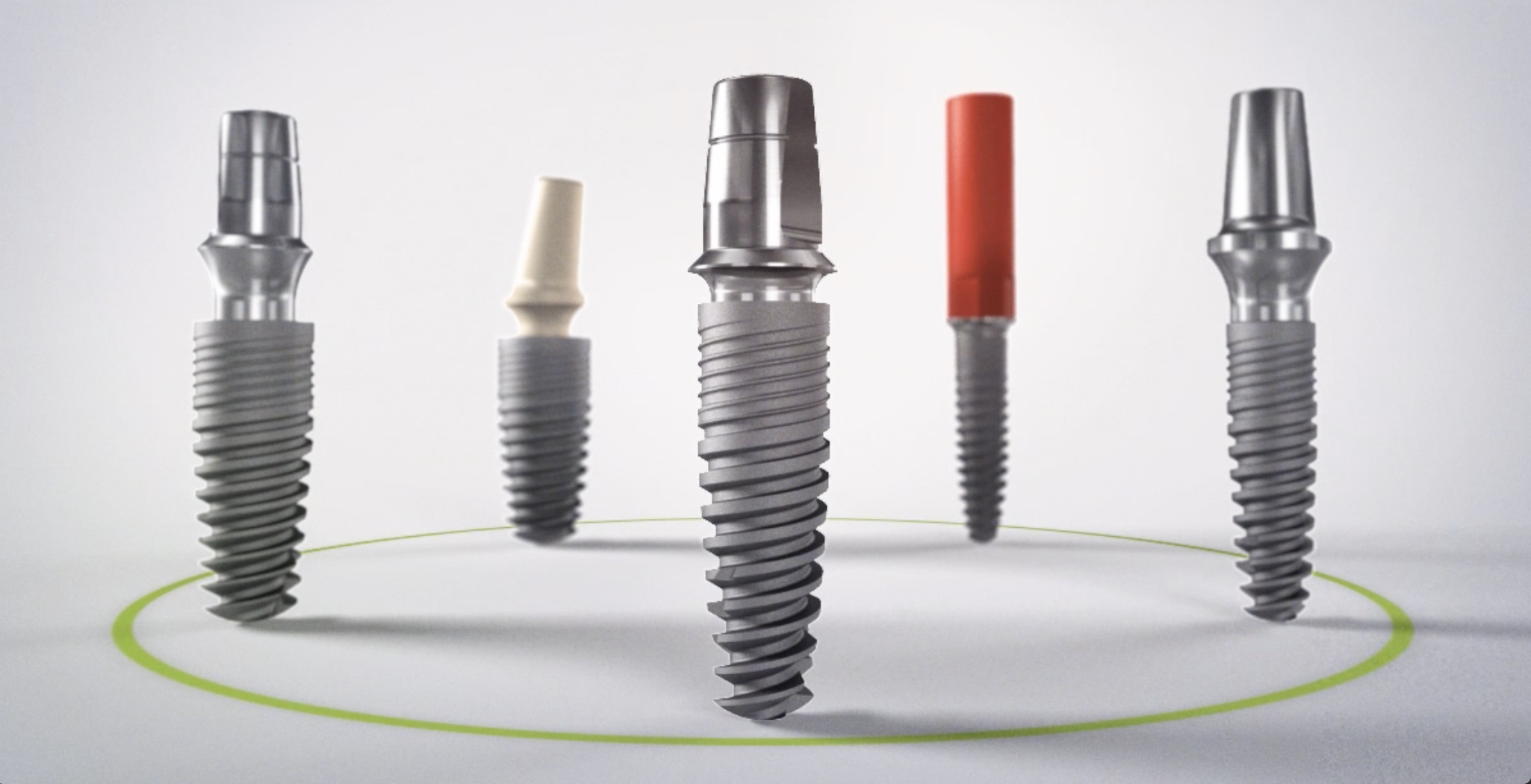3 Benefits of TAG Concept Implant-Abutment Connection
Platform Switching
The platform switching method, an innovation for dentists and patients, works by placing an abutment, smaller in diameter than the platform of the implant, on the implant during the pre-restoration, temporary restoration, or final restoration phases. The main purposes of this method are to prevent crestal bone loss and provide improved aesthetics. But how did it all started?
In 1991, seeing that matching diameter prosthetic components were not available, Implant Innovations introduced the wide-diameter. Wide implants were restored with “standard” diameter prosthetic components until then.
Long-term radiographic follow-up of these “platform-switched” dental implants has demonstrated a smaller than expected vertical change in the crestal bone height around these implants than is typically observed around implants restored conventionally with prosthetic components of matching diameters.
This first article by Richard J Lazzara & Stephan S Porter introduces the concept of platform switching and provides a foundation for future development of the biological understanding of the clinical rationale for this technique.occusam excerio. Hent as am, ipsam ut illat rerspiet aut omnis et officabore omnisquid que volo toriate videlest, suntem et.
Happy accident or foreseen innovation?
Then and there, with this happy accident, the world of implantology welcomed a new member: the method of platform-switching. Increasing in popularity since then, this approach has considerable benefits which improve the experience of the dentist and the patient.
Primarily, this method helps in preventing crestal bone loss and plays an important role in avoiding bacterial accumulation. The reduced diameter of the abutment relative to the implant helps in reducing the risk of inflammatory cell infiltration.
Reverse Crown (concave profile)
The key to success when in regards to dental implants is the presence and preservation of marginal bone around it – and this is where the platform switching technology comes in, combined with a reverse crown (concave profile), this method can increase the volume of soft tissue and its attachment around the implant platform. Providing better stability in the long term and improving the implant’s longevity.
A correct and healthy osseointegration process is essential, but when it comes to dental procedures – aesthetics are crucial nowadays. The crestal bone loss can lead to a disruption of soft tissue, affecting the aesthetics of the implant’s elements, and this is where the platform-switching combined with a reverse crown (concave profile) excels by improving the aesthetics and giving the patient the confidence to smile vividly.
One connection fits all
Simplicity is hard to reach, especially considering the diversity of people and their dentures. Due to the same hex connection used for all implants, there is more flexibility for the treatment scheme and variety, even for the most challenging cases.
The dental implant is a dynamic domain, always welcoming new approaches and innovations, but few have proven as effective as the combination of the 3 benefits of TAG’s concept –
(1) Platform switching
(2) Reverse crown and
(3) One connection for all the implants
offering more flexibility, the concept has been exempting dentists from the time-consuming parts of the implant surgery while offering more choices for diverse clinical cases.
This approach became the most popular among dentists and professionals nowadays.
To learn more about the latest innovation in implantology, find out more on our website or follow us on social media – Facebook, Instagram, Linkedin, Twitter.
We are looking forward to hearing your notes and thoughts about this topic.
